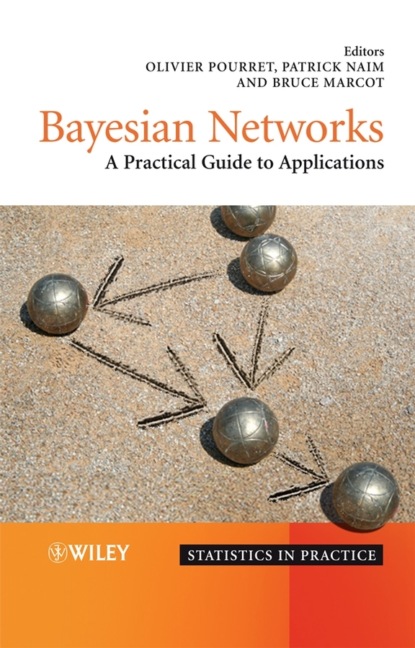
Bayesian Networks скачать fb2
Bruce Marcot - Bayesian Networks краткое содержание
Bayesian Networks, the result of the convergence of artificial intelligence with statistics, are growing in popularity. Their versatility and modelling power is now employed across a variety of fields for the purposes of analysis, simulation, prediction and diagnosis. This book provides a general introduction to Bayesian networks, defining and illustrating the basic concepts with pedagogical examples and twenty real-life case studies drawn from a range of fields including medicine, computing, natural sciences and engineering. Designed to help analysts, engineers, scientists and professionals taking part in complex decision processes to successfully implement Bayesian networks, this book equips readers with proven methods to generate, calibrate, evaluate and validate Bayesian networks. The book: Provides the tools to overcome common practical challenges such as the treatment of missing input data, interaction with experts and decision makers, determination of the optimal granularity and size of the model. Highlights the strengths of Bayesian networks whilst also presenting a discussion of their limitations. Compares Bayesian networks with other modelling techniques such as neural networks, fuzzy logic and fault trees. Describes, for ease of comparison, the main features of the major Bayesian network software packages: Netica, Hugin, Elvira and Discoverer, from the point of view of the user. Offers a historical perspective on the subject and analyses future directions for research. Written by leading experts with practical experience of applying Bayesian networks in finance, banking, medicine, robotics, civil engineering, geology, geography, genetics, forensic science, ecology, and industry, the book has much to offer both practitioners and researchers involved in statistical analysis or modelling in any of these fields.
Чтобы оставить свою оценку и/или комментарий, Вам нужно войти под своей учетной записью или зарегистрироваться



